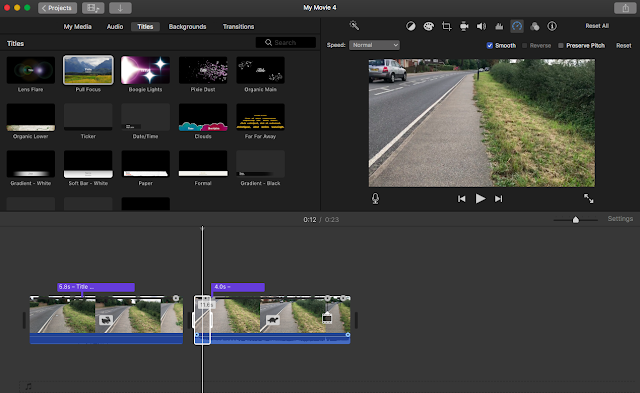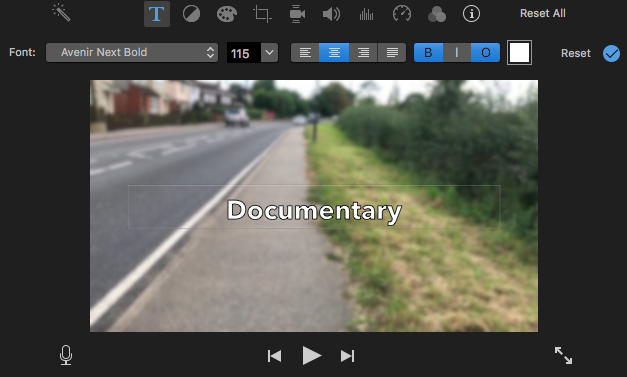Actual:
Something which would have happened, whether the camera was there or not.
As my interviews were asked for and I have had to get permission to film them, it is not an actual shot in some ways. It is not because I have had to ask the people who I am filming to tell me their thoughts on camera, which they may not have spoken about or broadcasted if I was not to ask them. However, it may be seen as actual as I the people who I have interviewed are voicing their own opinions on the spot with no preparation time given, so they have therefore not had any time to change their opinions or views which they are giving. They could however arguably give a more bias opinion based on the views of their party (conservative or Labour), so use the documentary as more of a platform to put down the opposition political party, rather than focus on the effects which the media may have had.
Creative:
Affected by the practical decisions made by the director/camera operator, and which had an effect of making the sequence more entertaining.
As I am both the director and camera operator, due to the much lower budget which larger documentaries who would feature on big broadcasting channels would receive, it could be argued that it is more manipulative. This is because I have to film, produce, direct and create the documentary, meaning all decisions which are made are my choices. I have however not told any of my interviewees to say anything, apart from answer the question "how has the media influenced the recent UK election". This is evident from the interviewees having some differing opinions, all with different facts and arguments.
Interpretive
Affected by the practical decisions made by the director/camera operator, and which had an effect on the audience's understanding of what they are seeing.
Again, due to me being both the director and camera operator because of a low budget, it could be seen that I am manipulating the information. This however is not the case as I have not briefed any of my participants to say anything specifically, other than to answer the question "how has the media influenced the recent UK election". Each answer is based on their own independent views, so they will present to the audience their own thoughts which I will try to evaluate throughout the documentary, however none of the information is my own view of the topic.














